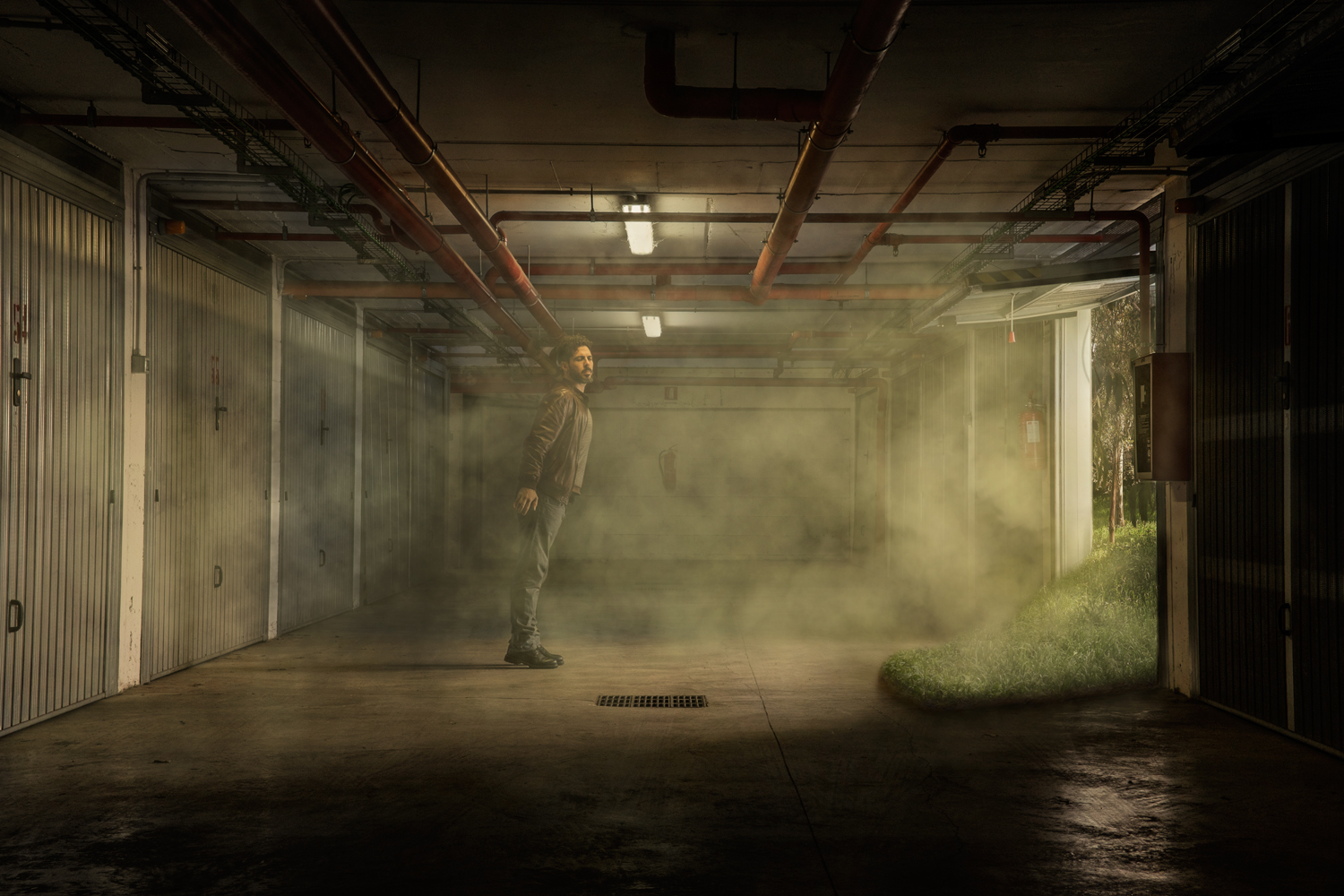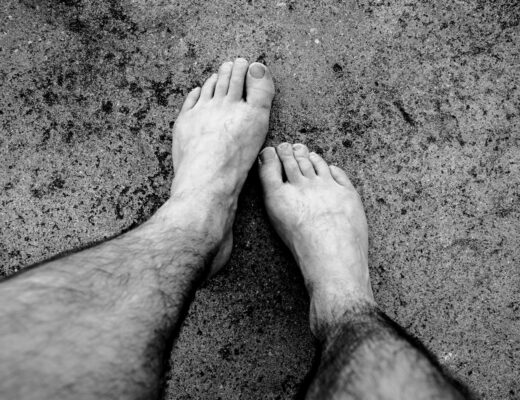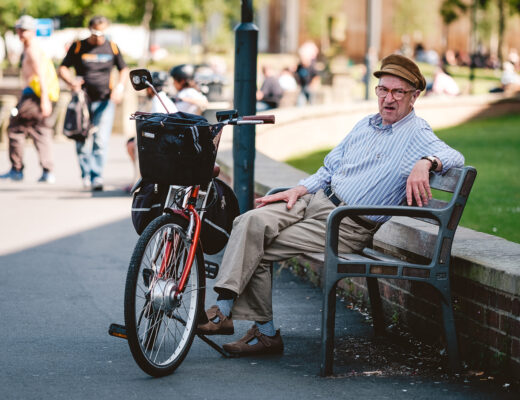There is nothing like compositing to allow a photographer to let the imagination run free from any bounds. When able to integrate in Photoshop multiple shots taken with different lights, at different locations, together with 3D models and the proper textures, a photographer is finally able to produce anything he can think about, so much that his creativity suddenly becomes the only and final bound. It’s a process freeing and frustrating at the same time, truth be told.
Creativity is a difficult beast to dome. It surely can and should be trained, educated, and exercised, but how and to what limit are delicate and open questions. One thing, however, is sure and well know to those who do creative jobs or hobbies. Creativity must be always cuddled, and the working tools are an important part of the treat.

“It is not the camera, it is just the photographer” is a wrong common knowledge. Sure, any good photographer can take good photos regardless the camera, but the camera plays a major role, and not only in terms of functions, but especially in terms of experience. The camera has the responsibility to help the photographer “get in the spot” and to keep him there. That’s the trick the Fujifilm X100T does for me. Why? Well, first of all it is a gorgeous camera with which I connect emotionally. I get the urge to shoot just by looking at the camera, a feeling that only my old Voigtlander Bessa R2 ever gave me. And then the X100T is joy to use. Sure, there are faster autofocus, larger sensors, more megapixels, better grips, newer features, interchangeable lenses mounts, shallower depth of fields, larger electronic viewfinders, etc., on the market, but at the end I find that this camera does well and quickly all that I don’t want to be bothered doing, and asks me to put more time into what I really want to do: looking at the scene, connecting with the subject, and taking photographs. Last but not least, the size and weight of the X100T are such that I can bring it always along. Which means I have it ready when I find a location that triggers my senses. Because the location is where everything usually starts.
Two weeks ago I was walking by this underground parking when I noticed the scene. I went for the X100T, looked through the OVF, and collected this shot. Back at home I downloaded the shot to the mac, opened Lightroom, and did some basic post production. It was at that point that I knew I had the location.
 It took a whole day to figure what I would have made of such a place. Many, many ideas came by, and as fast as they came I had to trash them. Too fantasy, too cyberpunk, too steampunk, but most of all too mainstream. We’re constantly fed with images, and as soon as we start imagining we get overwhelmed by what we are used to see. It takes time, and detachment, to get to something personal and original. I was getting a new hairstyle when the idea struck me: one of the garage gates open, the spring blowing from it against a model. Back home I opened the mac, grabbed the graphic tablet, and drawn the idea on SketchBook.
It took a whole day to figure what I would have made of such a place. Many, many ideas came by, and as fast as they came I had to trash them. Too fantasy, too cyberpunk, too steampunk, but most of all too mainstream. We’re constantly fed with images, and as soon as we start imagining we get overwhelmed by what we are used to see. It takes time, and detachment, to get to something personal and original. I was getting a new hairstyle when the idea struck me: one of the garage gates open, the spring blowing from it against a model. Back home I opened the mac, grabbed the graphic tablet, and drawn the idea on SketchBook.
Sketches are truly important. I need them to “see” the idea, and most of the times this is where a project ends because I don’t like how it looks. I’m not talking about the quality of the draw, obviously, especially since I’m horrible at it. But a sketch is very valuable at giving an idea of how the different elements will interact with each other in terms of light, perspective, and composition. What most people who had never done any compositing fail to understand is that this art is very strict when it comes about planning. The different element will fit together only if their production have been properly planned and realised. In this respect, the sketch is the most important tool. For example, in this sketch I spent quite some time in figuring out how the light from the spring-hill should have flowed in the underground parking, and in placing the human figure so that it would have worked compositionally. Looking at the sketch I knew I had an image worth working on. Comparing with the location shot I also figured the equipment I needed: a strobe to be placed inside the garage, a wireless strobe trigger, a tripod, an iPhone, and the X100T with the teleconverter. The latter because I wanted the 50mm equivalent look for the image, the one I had drawn in the sketch. Once packed I went to the underground parking. Down there I mounted the X100T on the tripod and manually set the focus for the shot. Being a mixed, ambient-strobe light kind of shot the live-view feature was just the perfect tool, especially when coupled with the fantastic wi-fi experience delivered by the X100T (way better than the Nikon D750 or Sony A7 wi-fi I used before). First I set the camera on the highest ISO and wides aperture I was OK to use, that is 400ISO at f8, and then I switched on the wi-fi and walked on position to check on the iPhone how the light was falling in the scene and on the subject. I started increasing the shutter speed until I got the ambient light I was looking for. I settled for a 1/30th of a second, f8, 400ISO.
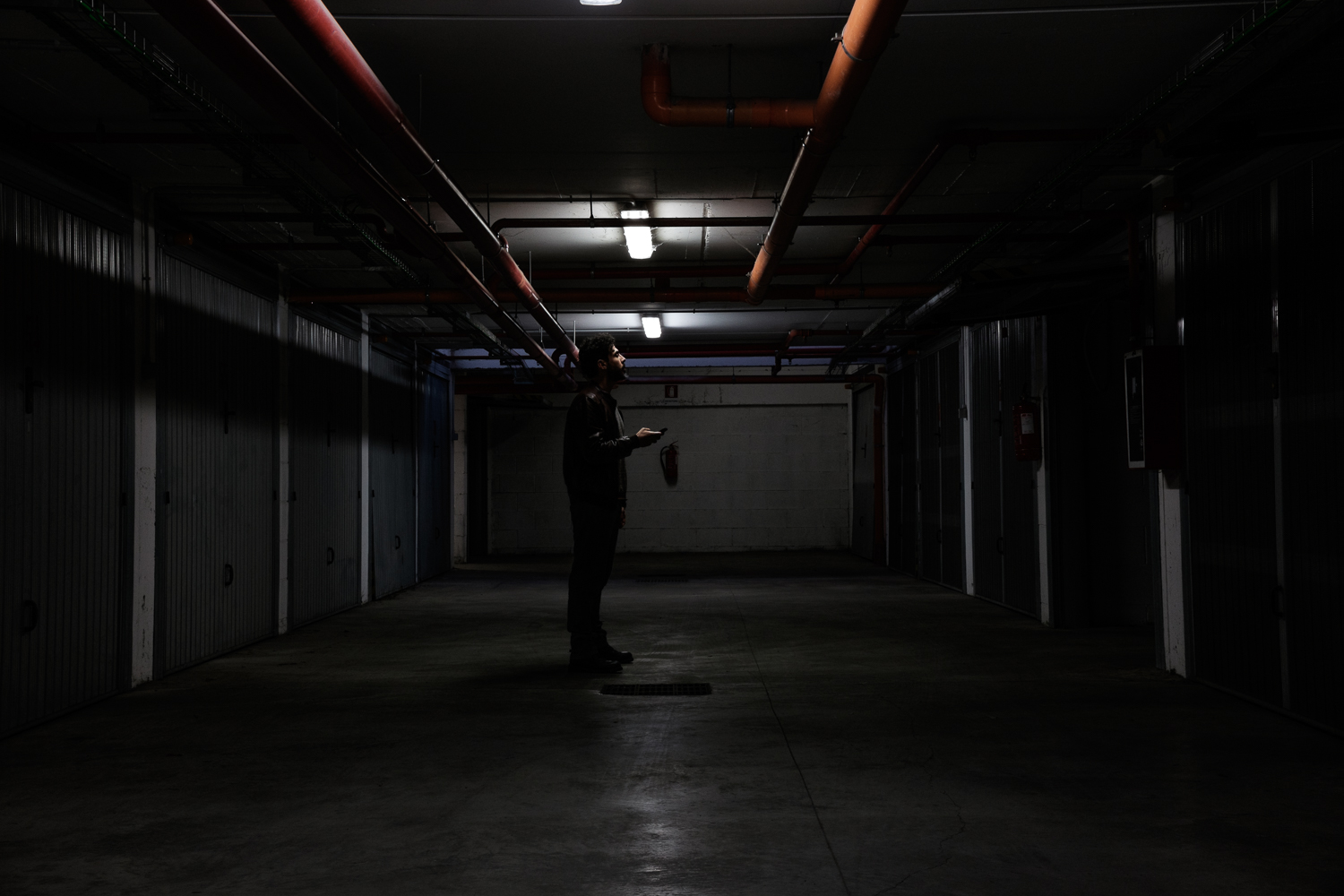 I placed the strobe inside the open garage, with a beauty dish diffuser mounted on. I had the strobe facing the rear of the garage, so that the light could bounce inside, soften, and even out before getting in the scene. I worked on the flash power until it delivered the right amount of light on the scene and on the subject.
I placed the strobe inside the open garage, with a beauty dish diffuser mounted on. I had the strobe facing the rear of the garage, so that the light could bounce inside, soften, and even out before getting in the scene. I worked on the flash power until it delivered the right amount of light on the scene and on the subject.
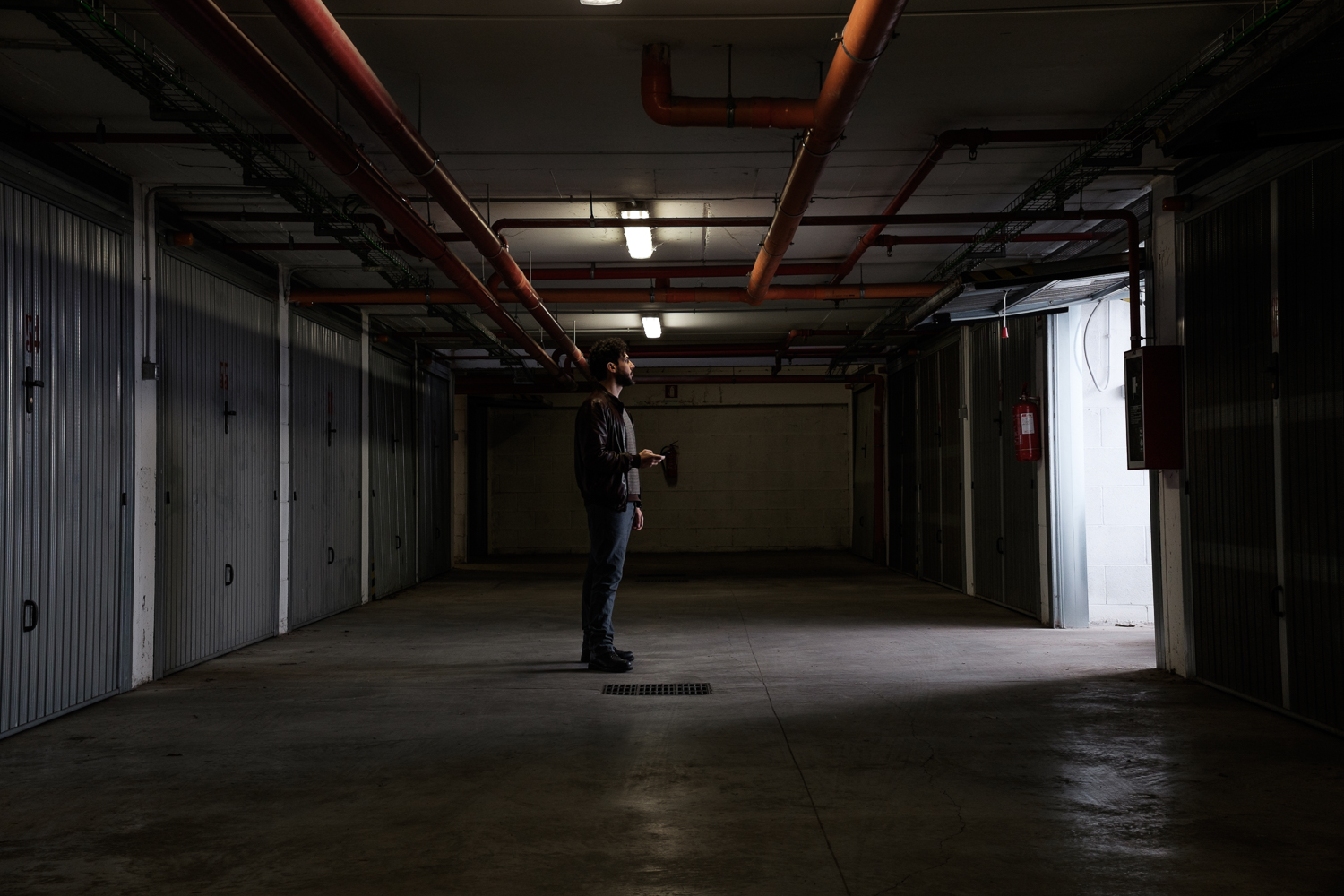 All set. What was missing is the acting. Again, the wi-fi live-view feature was a tremendous tool, allowing me to quickly work through a series of options, and having the results on my phone in realtime. I never, ever, had to walk behind the camera through out the whole experience, the wi-fi never failed nor stopped working. The X100T helped me physically to stay in “the spot”! After a few attempts I finally got a “pose” that conveyed the kind of mood and acting I had in mind. Yes, it was different than what I had previously sketched, but I wasn’t a red-hair young model, nor I had a flapping long dress… and I wanted to see something concrete right away. Self portraiture is fantastic in these situations.
All set. What was missing is the acting. Again, the wi-fi live-view feature was a tremendous tool, allowing me to quickly work through a series of options, and having the results on my phone in realtime. I never, ever, had to walk behind the camera through out the whole experience, the wi-fi never failed nor stopped working. The X100T helped me physically to stay in “the spot”! After a few attempts I finally got a “pose” that conveyed the kind of mood and acting I had in mind. Yes, it was different than what I had previously sketched, but I wasn’t a red-hair young model, nor I had a flapping long dress… and I wanted to see something concrete right away. Self portraiture is fantastic in these situations.
 In my sketch I highlighted the difference of color light between the underground and the spring. Since I didn’t have any yellow gel to apply on the strobe, I decided to play with the white balance to get the result. Back home I opened photoshop and combined two shots to see the result (the one with the subject, and one with no subject and no flash firing). The one with the subject, which I called “foreground” was balanced a bit on the warm side, while the one without the subject, the “background”, was kept as it was originally, that is, rather cold. To even out the passage and to make the light “visible” I used a trick that I learned at a workshop by Uli Staiger: I created fog. No smoke machine required when you have Photoshop and the right brushes!
In my sketch I highlighted the difference of color light between the underground and the spring. Since I didn’t have any yellow gel to apply on the strobe, I decided to play with the white balance to get the result. Back home I opened photoshop and combined two shots to see the result (the one with the subject, and one with no subject and no flash firing). The one with the subject, which I called “foreground” was balanced a bit on the warm side, while the one without the subject, the “background”, was kept as it was originally, that is, rather cold. To even out the passage and to make the light “visible” I used a trick that I learned at a workshop by Uli Staiger: I created fog. No smoke machine required when you have Photoshop and the right brushes!
 The day after I was at a kid’s party with my daughter. The venue faced a splendid garden, and when the light was the one I needed I left the party, hiked the hill the took the shot. Back home I add the photo to the project, masked the garage door, and voilà!, spring it was. Once again, the X100T wins for being always with me, even at kids’ parties…
The day after I was at a kid’s party with my daughter. The venue faced a splendid garden, and when the light was the one I needed I left the party, hiked the hill the took the shot. Back home I add the photo to the project, masked the garage door, and voilà!, spring it was. Once again, the X100T wins for being always with me, even at kids’ parties…
The only missing elements from the original sketch were the petals. Since I wanted the petals to be “blowing” in the wind, I used Cinema 4D software, because it permits not only the modelling, but also the dynamic animation of objects. What it took was to model one petal, add a texture to it, then set the “dynamics” of the petal (soft, bendable, elastic material). Then I added a “wind” and a “turbulence” sources and pressed play. I looked at my brand new petals flying and rolling in the artificial wind until they reached a “distribution” I liked, then I paused the animation, rendered the scene in Tiff and imported the latter in Photoshop.
So, you see, the X100T is not only a fantastic camera for street or traveling photography, it is also the perfect tool for compositing works such as this one. Compared to DSLRs, the X100T wins because of its size and weight, which allow me to bring it always along and use it to “hunt” for new locations, but it also provides such a flawless wi-fi experience that I decided to use it also in the “operative” phase. I could have got more pixels or wider/longer lenses with my DSLRs, but I wouldn’t have worked so well.



